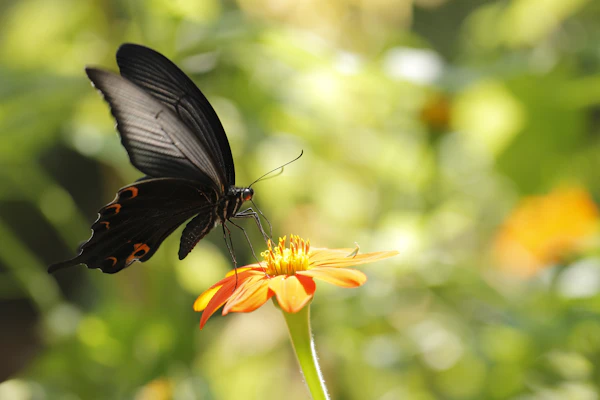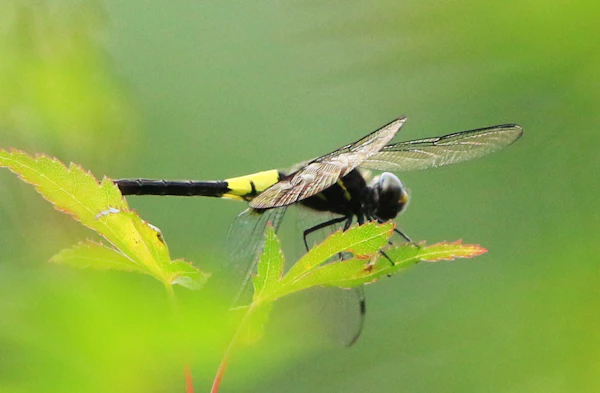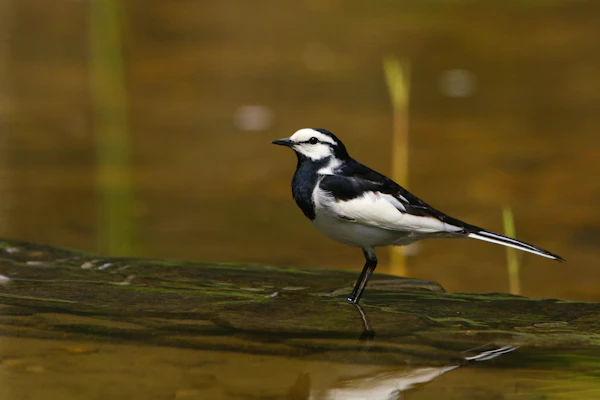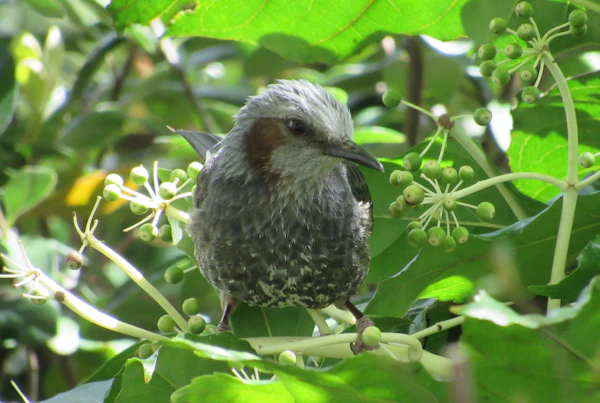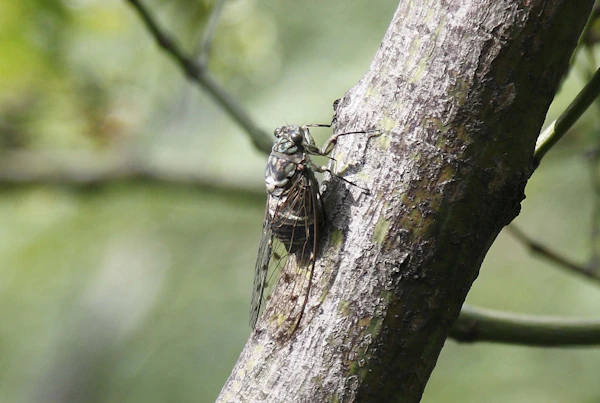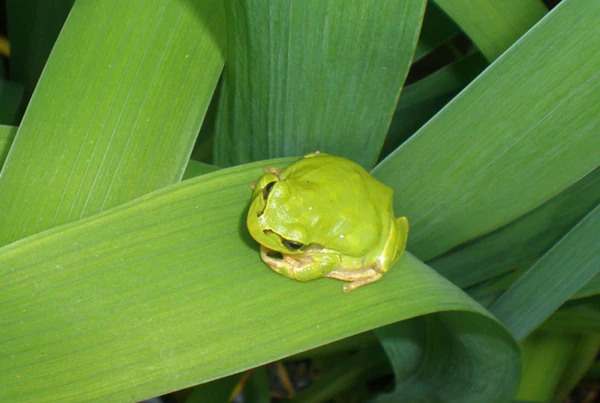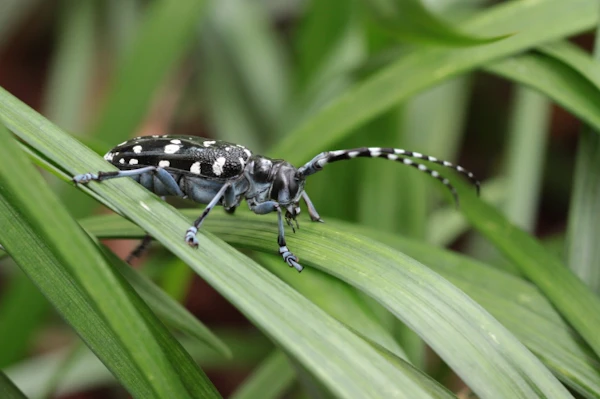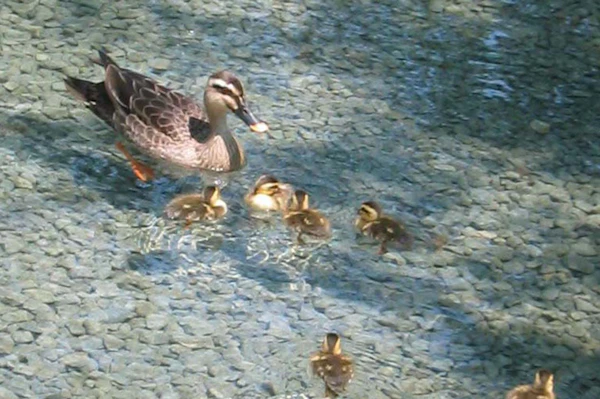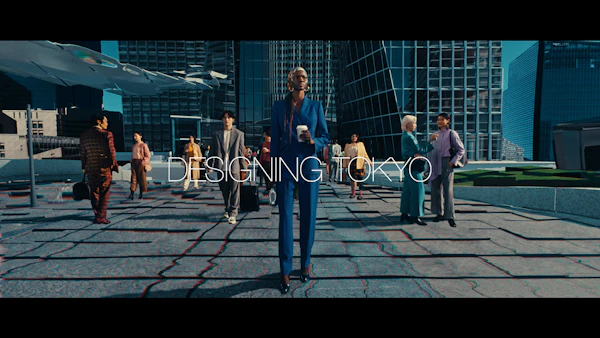Environment and Green Spaces
Creating Green Spaces for Urban Development that Is in Harmony with Nature
Nature and cities are not opposing concepts. Each Hills development is testimony to this. Having a people-centric view of cities, Mori Building considers greenery to be essential. We have continuously worked to create green spaces in cities with our “vertical garden city” method. It began with “rooftop greening.” The first place we did this was ARK Hills, where we built a garden on the roof of Suntory Hall. This was followed by building rice paddy fields on the roof of Keyakizaka Complex at Roppongi Hills. These green spaces also function as places for community activities such as hands-on farming workshops.
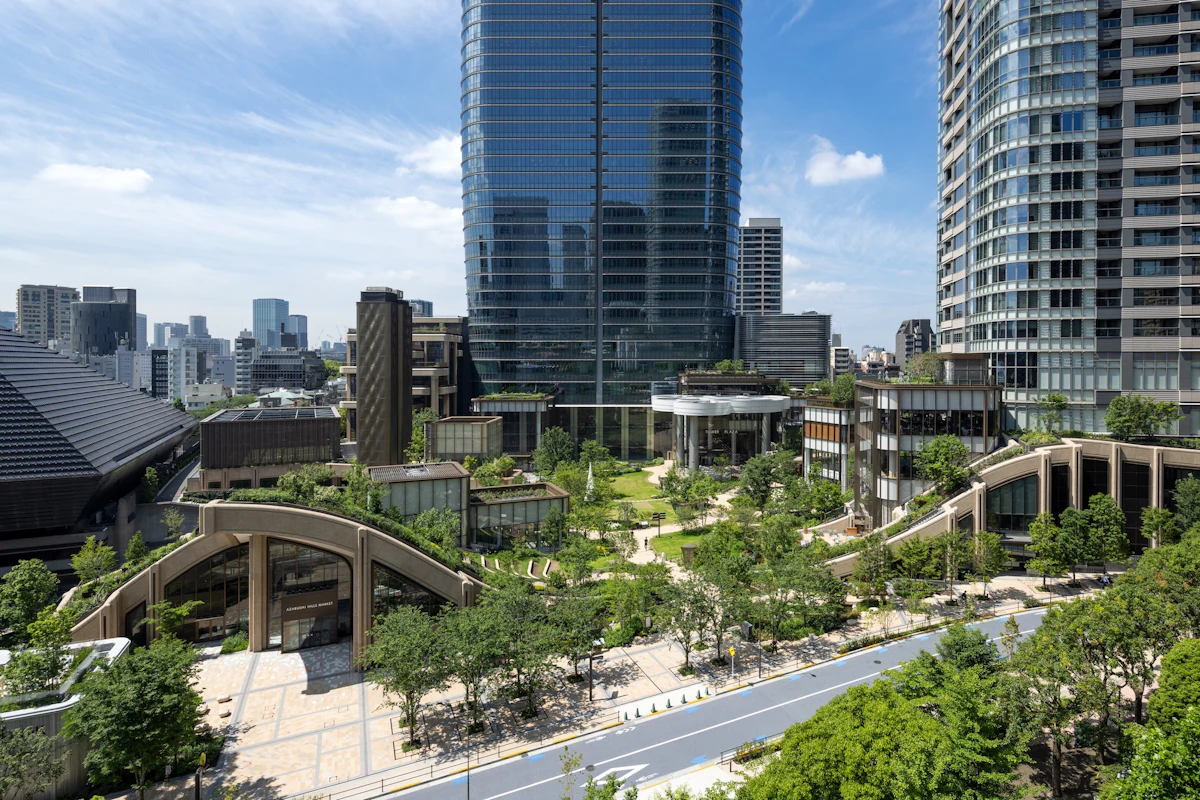

Thanks to these efforts, Mori Building has created 12 hectares of green space since ARK Hills. This is almost the same total area as Shiba Park. As a result, Minato-ku boasts one of the highest increases in green space area out of Tokyo’s core 23 wards. In terms of green coverage ratio, the average ratio of our main Hills developments is about 40%. This is far higher than even the wards with the highest green coverage ratio like Minato-ku (around 21–23%), so we contribute to the mitigation of the heat island phenomenon.
Increase in green spaces
Leveraging the Latest Technology to Increase Greenery
Normally artificial lightweight soil is used on rooftops. This is because the structure of buildings cannot bear the weight of heavy soil. However, Mori Building wanted to grow trees in real soil. So, we researched building structures that could bear the weight of soil, and developed a technology called “Green Mass Damper” at Roppongi Hills. The technology uses the weight of rooftop green spaces in the vibration control structure. It resulted in successfully increasing both greenery and resilience against disaster.
Committed to the Quality of Greenery to Ensure Biodiversity
Mori Building has also focused on the quality of the greenery. We actively incorporate deciduous trees and ornamental plants at Hills developments so people experience seasonal changes. Today maintaining biodiversity is an important issue. Lined with zelkova trees, Keyakizaka Street has become a symbol of Roppongi Hills. But we took a different approach at Azabudai Hills. Instead of planting a single type of tree, we strove to create a natural environment that preserves the diversity and history of the land with a focus on local native species.
Furthermore, we built an ecological network in the city center by connecting green spaces in Hills developments with surrounding green spaces. Thanks to increasing lush green spaces that serve as transit points and habitats for animals, a wide range of birds, dragonflies, and other creatures can be found at Hills developments.
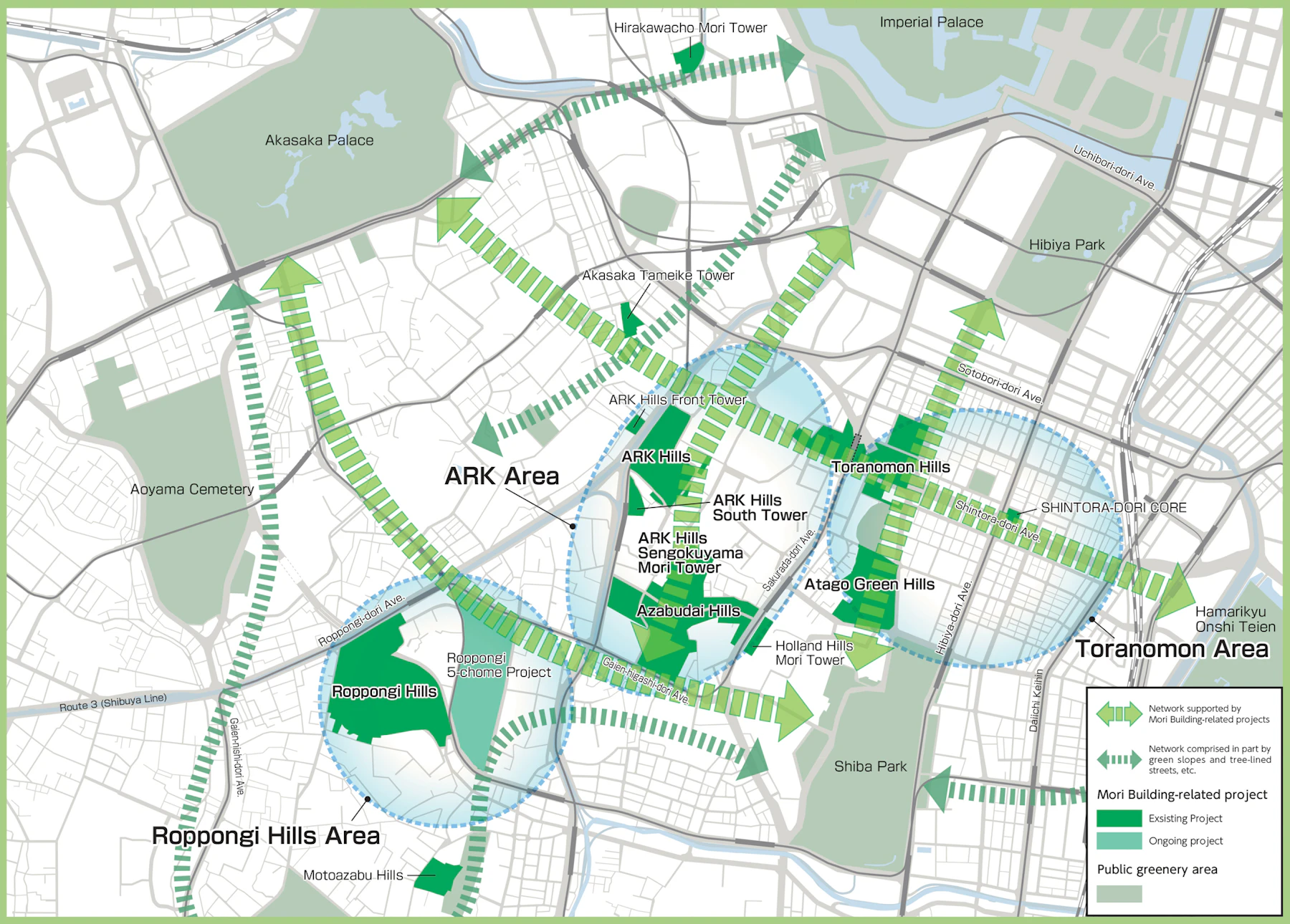
Ecological Network
